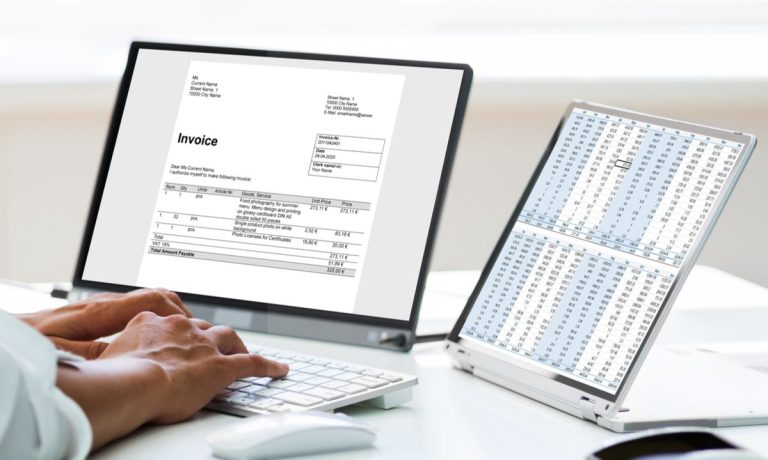For B2B technology firms, being able to offer subscription and payment plan flexibility is both a key priority and a challenge.
This reality helps explain why billing and subscription management tops the strategic agenda for many technology firms. Nearly 50% of tech firms said they plan to add or improve this payment capability, making it the most cited among a wide range of payments capabilities, according to the “Smart Receivables Playbook,” a PYMNTS and Flywire collaboration based on a survey of 459 payments professionals.
Get the report: Smart Receivables Playbook
This puts it ahead of the next most cited priorities that include real-time access to payment transaction data (41%), real-time payments (40%) and new payment methods (36%).
Being Mindful of Payments Frictions
The finance and accounts receivable (AR) professionals at technology firms must be particularly mindful of payments frictions because many tech vendors operate on the Software-as-a-Service (SaaS) subscription model.
Advertisement: Scroll to Continue
This model can alleviate some of the headaches associated with one-time payments, such as long remittance delays, but also heightens the stakes of account onboarding and recurring payments.
Research has shown that failed payments are a primary driver of subscriber churn, and failed initial onboarding payments could risk alienating hard-won clients.
Take away the friction, and commerce flows more easily, Flywire CEO Mike Massaro told PYMNTS in an interview.
Read more: Payment Digitization Helps Senior Management ‘Stop Wasting Time’ in the Back Office
Being able to offer and manage flexible and reliable subscription plans is essential to succeeding in a competitive market for SaaS firms. This is one of the reasons why a smart receivable approach is uniquely beneficial in the technology industry.
Implementing a Smart Receivable Approach
Digital AR solutions must be comprehensive, flexible and easily integrated, lest they further complicate accounting teams’ work and lead to additional overhead.
The notion that existing receivables processes are outdated and outmoded is not new. The U.S. government has estimated that paper-based invoicing costs the economy hundreds of billions of dollars each year.
Myriad technological innovations have emerged to smooth out these inefficiencies, such as optical character recognition (OCR) and eSigning capabilities.
The development of cloud systems and of robust global connectivity represent a sea change, however, enabling not just the use of a few plug-in tools but empowering a shift to digital platforms that offer end-to-end visibility and control over AR.
The challenge for AR leaders — including those in the technology sector — is how to make use of these platforms to meet their specific needs while minimizing the requirements for additional staff and expertise to implement and run them.
An automated receivables program that is only partially compatible with existing enterprise systems and that may require a host of third-party integrations might further complicate the work of accounting departments. It could also consume scarce staff resources or require increasing headcount.
Digital receivables solutions should thus be holistic, enabling comprehensive end-to-end capabilities while also offering robust functionality in five key areas: speed, cross-border, security and compliance, flexibility and transparency.
To stress the importance of digital adoption in the technology world might seem a bit like preaching to the choir, but firms in this sector are hardly immune to back-office inefficiencies.
Technology firms are not necessarily weighed down by legacy, paper-based invoicing practices, and since they are in the digital solutions business, they tend to understand technologies offer better alternatives.
The challenge is about doubling down on an approach that has long guided success in the technology sector: focusing on core product and the firm’s mission while partnering with the right parties for business aspects outside these core competencies.

